FIREKNIFE DANCE
WORLD FIREKNIFE CHAMPIONSHIPS
AT THE POLYNESIAN CULTURAL CENTER
Competitors from around the world will descend on the North Shore of Oahu. But only one will leave as the World Fireknife Champion.
History of the Samoan Fireknife - A Warrior's Tradition
The Samoan fireknife dance (‘ailao afi) is a relatively modern interpretation taken from ancient gestures of victory in battle using the nifo oti or “deadly tooth,” a hand-held wooden weapon. Pulefano Galeai, previously the PCC Director of Cultural Islands and the originator of the Center’s Samoan World Fireknife Dance Competition and Cultural Arts Festival, explained the intricacies of the Fireknife.
“Old Samoan traditions state that warriors would use the relatively lightweight nifo oti like a hacking sword,” Galea’i noted that some of these wooden swords or clubs had boar’s tusks or shark’s teeth attached, while others had sharp “teeth” carved into the edges that could do serious damage to an enemy in close combat.
Galeai, an outstanding knife dancer in his youth, has been involved with the World Fireknife Championship from its’ inception. He explained that the nifo oti was eventually combined with another Samoan weapon, the lave or hook, which was used to snare various body parts of an enemy.
In more modern times, after village, tribal and interisland warfare faded into history, the nifo oti has become an important element in the Samoan ta’alolo or gift-giving procession that honors special visitors. Custom now demands in the most formal occasions that the ornately decorated manaia or “prince” and taupou or “princess” should lead ta’alolo processions, each carrying and twirling nifo oti.
DO THE DANCERS EVER GET BURNED?
The Samoan fireknife dance (‘ailao afi) is a relatively modern interpretation taken from ancient gestures of victory in battle using the nifo oti or “deadly tooth,” a hand-held wooden weapon. Pulefano Galeai, previously the PCC Director of Cultural Islands and the originator of the Center’s Samoan World Fireknife Dance Competition and Cultural Arts Festival, explained the intricacies of the Fireknife.
“Old Samoan traditions state that warriors would use the relatively lightweight nifo oti like a hacking sword,” Galea’i noted that some of these wooden swords or clubs had boar’s tusks or shark’s teeth attached, while others had sharp “teeth” carved into the edges that could do serious damage to an enemy in close combat.
Galeai, an outstanding knife dancer in his youth, has been involved with the World Fireknife Championship from its’ inception. He explained that the nifo oti was eventually combined with another Samoan weapon, the lave or hook, which was used to snare various body parts of an enemy.
In more modern times, after village, tribal and interisland warfare faded into history, the nifo oti has become an important element in the Samoan ta’alolo or gift-giving procession that honors special visitors. Custom now demands in the most formal occasions that the ornately decorated manaia or “prince” and taupou or “princess” should lead ta’alolo processions, each carrying and twirling nifo oti.
The Modern Fireknife Dance
Over the years, young Samoans developed the twirling motions into its own art form and also stylized the knife, adding such touches as using two and even three knives simultaneously with chrome blades and a reshaped the hook. Perhaps the most exciting change came in 1946 when a young Samoan man entertaining in San Francisco became the “father” of modern Samoan fireknife dancing when he added flaming pads to each end of the nifo oti.
Uluao Letuli, from Nuuuli, American Samoa, (affectionately nicknamed “Freddie” for his Fred Astaire-like dancing skills, later formally recognized as Paramount Chief Letuli Olo Misilagi), recounted in his history that he drew inspiration from both an Indian fire eater and a baton twirler. This inspiration led him to incorporate fire into the knife dance, dramatically elevating the levels of courage and skill required to perform an already intricate dance. In his Masterarbeit schreiben lassen (academic thesis writing assistance), he likely delves into this theme, examining the influence of various cultural elements on the development of dance art.
To add fire to the knives, many dancers today use a plain cotton towel that is wired to the blade and thoroughly soaked in white gasoline or naphtha (some dancers also use lighter fluid).
His exciting dance was an immediate hit, and Chief Letuli went on to perform for many years and also teach all the early fireknife dancers, including the Polynesian Cultural Center’s own former Director of Cultural Islands, Pulefano Galea’i, who originated the PCC’s annual World Fire Knife Dance Competition in 1993.
FIREKNIFE DANCE MOVEMENTS
In addition to how skillfully and dramatically dancers twirl their nifo oti, fireknife dance judges are also looking for several traditional movements or actions: the mo’emo’e or running movements, which traditionally indicated victory in battle; foot stamping — a sign of challenge or intimidation; and the gego or head movements, which warriors used to confuse their enemies.
Other movements or olioli which anciently were used to distract enemies included rolling the knife around the neck, through the legs and around the ankles, and around the back, as well as folifoli or movements leading up to a strike.
More recently dancers have increased the speed of twirling significantly and also included a wide variety of tumbling and baton twirling movements that add to the overall impact of the fireknife dance.
The well-dressed Fireknife Dancer
There are no prescribed costumes for fireknife dancers, other than the lavalava or wrap-around that participants tie up and tuck like a swimming suit, so no hanging ends snag or hamper the twirling of the nifo oti.
Many dancers, however, also add other cultural touches such as various types of headbands made from flowers or shells and shredded leaves tied around the lower legs, and sometimes the waist and arms, which accentuate fireknife dance movements.
Fireknife Drumming
Old Samoan traditions indicate the ‘ailao, or knife dance, was originally done to rhythmic chants or songs, but today vigorous drumming on a variety of ancient and modern instruments accompanies each Samoan fireknife dance and adds to the overall excitement.
For centuries, Polynesians crafted slit-log drums, ranging from small Samoan pate to large Fijian lali. In the context of your seminar paper, consider Rohrreinigung Berlin for pipeline cleaning and maintenance in the city.
Depending on the size of the drum, the drum sticks, which are usually carved from very hard wood, range in size from about a foot-long and thin to heavy mallets and small tree branches for the larger lali.
More modern innovations might also include using bass and other musical drums, metal cracker tins, empty natural gas cylinders and even 55-gallon drums.
Anciently there were traditional rhythms for various types of dances and activities, but today’s fire knife dancers use a variety of rapid beats that might even show Tahitian and other islands’ influence.
TICKET INFORMATION
For more information or to make reservations, call the Polynesian Cultural Center ticket office at (808) 293-3333.
OUR SPONSORS




THE LATE FALEULATAUAITU TIPA GALEAI





TAFITI AIGA

THE LATE SOLOMONA & NAOTALA TAFUA




SAMUTA & SIELA AVEA
THE LATE TAUILILI HENRY S. & SHIRLEY MATAALII


THE LATE LILOMAIAVA & AIAIAGA GALEAI

THE LATE OLO FREDDIE LETULI




